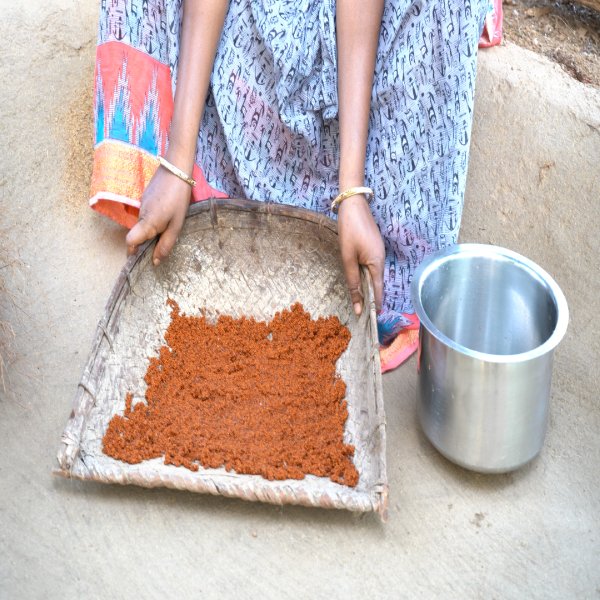
Themes
tribal cuisines
Gonya bhakri, goa
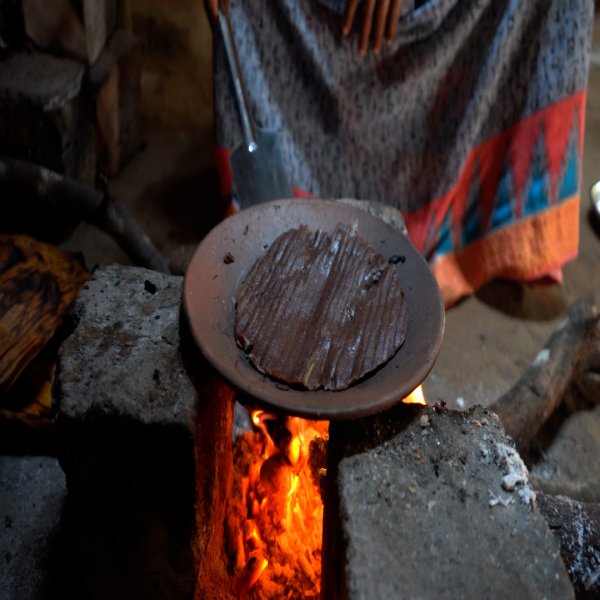
Gonya bhakri is an age-old tribal snack crafted from the local ragi grain popularly called gonyo in Goa, and abounds in nutrition as much as it boasts culturally. This bhakri is an integral part of the tribal community's food habits. This is traditionally baked using a method that utilizes the chanyachi panna (parasol leaves) or kelichi panna (banana leaves) as a symbol of the ancestral techniques involved. Historically, gonya bhakri has been significant for important festivals and even regular meals, as it delineates a union and the identity of a culture. Though not devoid of sweet taste, it is known to provide health benefits as it is rich in calcium, iron, and fiber. This is a dish that portrays the tribal agricultural system's preservation, sustainability, and conservation of natural resources. Its preparation has thus been preserved through multiple generations, making gonya bhakri one of the most ardent culinary representations of the tribal ethos united by the earth and, therefore, really their marriage with nature.
Gonya bhakri mainly is made using ragi or finger millet, which commands a high standing with an extraordinarily good nutritional profile. This finger millet is immensely rich in protein, calcium, and iron, thus assisting the bones and countering any form of anaemia. The high dietary fibre present in ragi helps the digestive system and lowers blood sugar levels, managing diabetes due to its low glycaemic index, which in turn stabilizes the blood sugar levels. The ragi being a gluten-free grain may also be considered suitable for lysosome people. Its antioxidants and b-vitamins are vital for the glow of the skin, improving hair lustre. Another important factor regarding the health benefits contributed by ragi is the reduction of cholesterol, which is beneficial for heart health. Since it is an excellent source of slow-releasing carbohydrates, it offers body energy along with a mechanism for weight management. All these health benefits contribute to labeling ragi as a superfood that makes its way into any traditional or modern diet-the nutritional facet that binds with the cultural aspect.

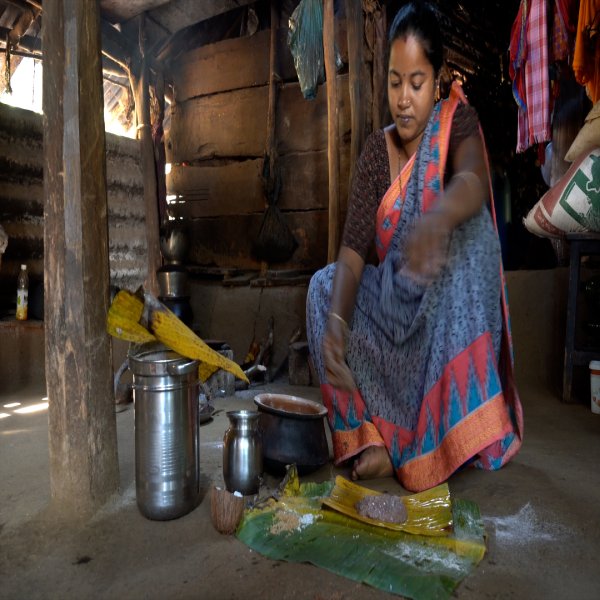
It begins with cleaning and grinding the ragi into a very fine flour. This is then mixed with freshly grated coconut, jaggery, and cooked rice. Smoothed out into the dough, they are to ensure consistency. Preparation of cooking involves washing and slightly roasting banana leaves to enhance flexibility. A portion of the dough is pressed on to the banana leaves to form a thin layer, followed by pressing an equally flattened banana leaf on top of it. This method brings wonderful aromas to the bhakri as it shapes it within the leaves. A preheated pan over medium heat cooks the layered dough, flipping it regularly. You will then end up with a crisp golden bhakri, carefully removing the banana leaves and serving it piping hot.
Gonya bhakri is an old, intensely meaningful dish in the lifestyles of tribal communities. Mostly consumed as a daily breakfast or light meal, gonyah bhakri is eaten with tea. Prepared with any side dish such as fish curry or chutney, or eaten just by itself, if made jaggery-free, mostly from millet or some other locally sourced grains, a symbol of simplicity, sustainability, and self-sufficiency. This dish is more than a staple of day-to-day life; it plays an important role in festivals and community gatherings. These times would see gonya bhakri being prepared with added ritual and shared across families, accentuating togetherness and culture. Rooted in traditional agricultural practices, this dish shows how the community is related to the earth, and it also interacts well with the seasonal rhythms, making it a significant part of their overall cultural identity.
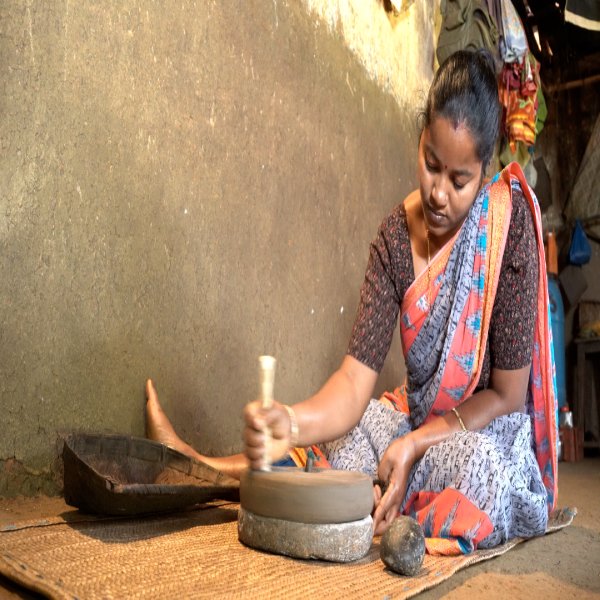
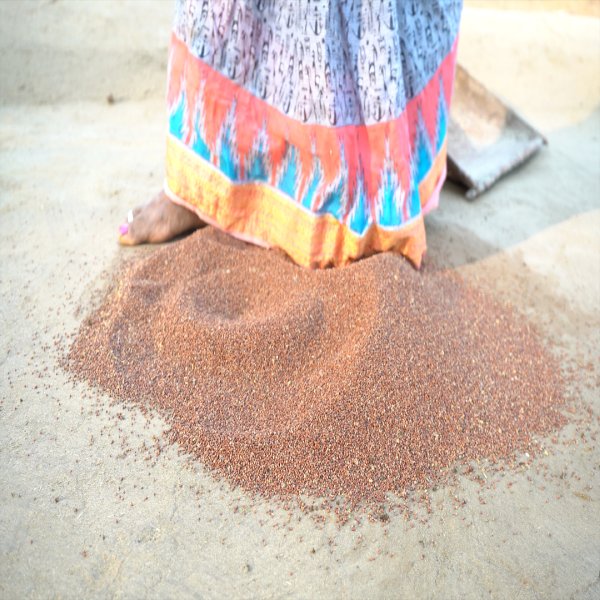
This delicacy is made up of something simple yet nutritious that captures the heart of sustainable and natural living. The main ingredient is ragi or finger millet, which is a true superfood, because it is very rich in calcium, iron, and fiber. Cooked rice (ukde sheeth) holds the base together and makes it soft, thereby improving the texture of the bhakri. Grated coconut (naalh) adds moisture and a sweet touch, jaggery (godd) with natural sweetness and minerals, while salt (mit) helps balance the flavors. Banana leaves (kelichi panna) serve as natural containers and flavor enhancers for cooking. Therefore, not only does all the locally sourced ingredients make gonya bhakri a wholesome dish, but it has also been conceived by the traditional practices of cooking among the tribal communities of goa.

